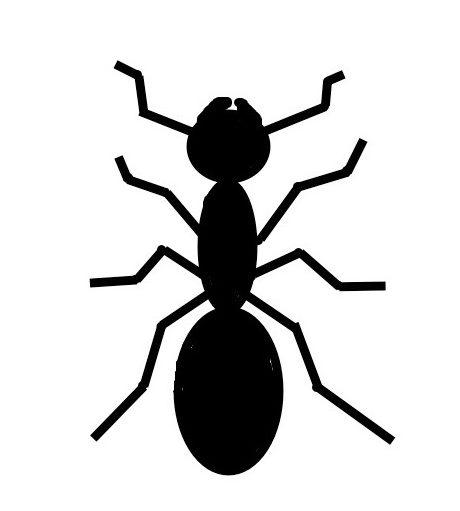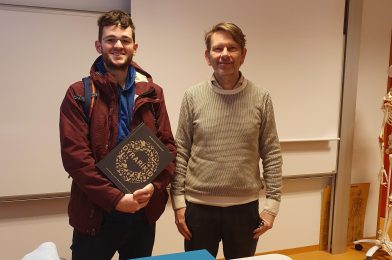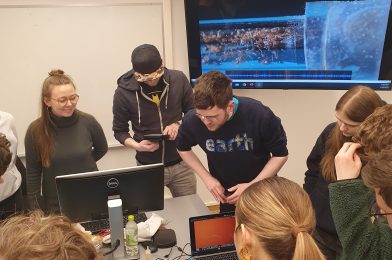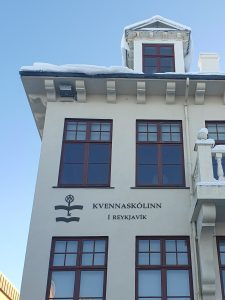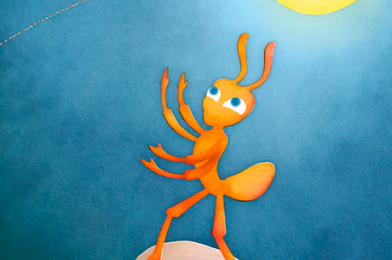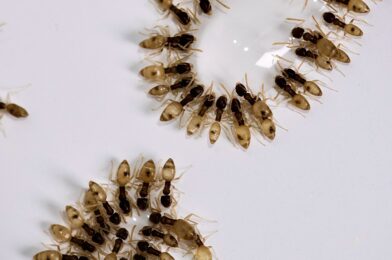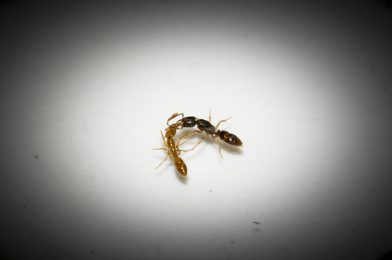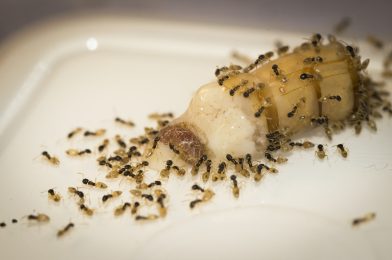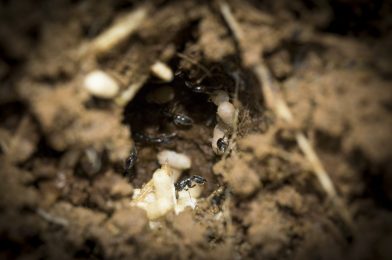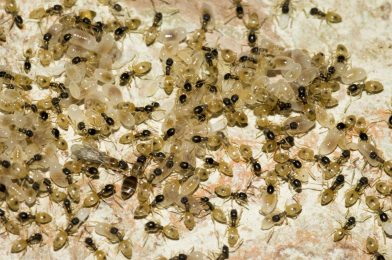Ant team in MH high school
Andreas Guðmundsson (left) with Atli Jósefsson teacher at Menntaskólinn í Hamrahlíð
Nest in front with the Penny ants that came from a potted palm Andreas got as a present.
Andreas recieved gift from MH for his service, books on zoology written by Örnólfur Thorlacius former rektor of MH.
